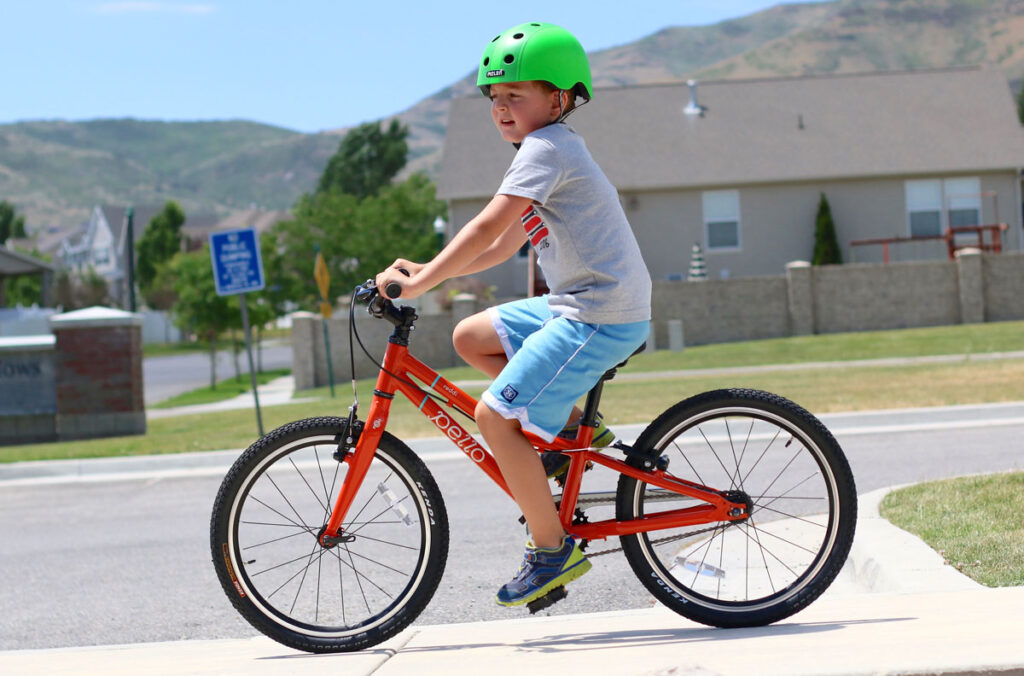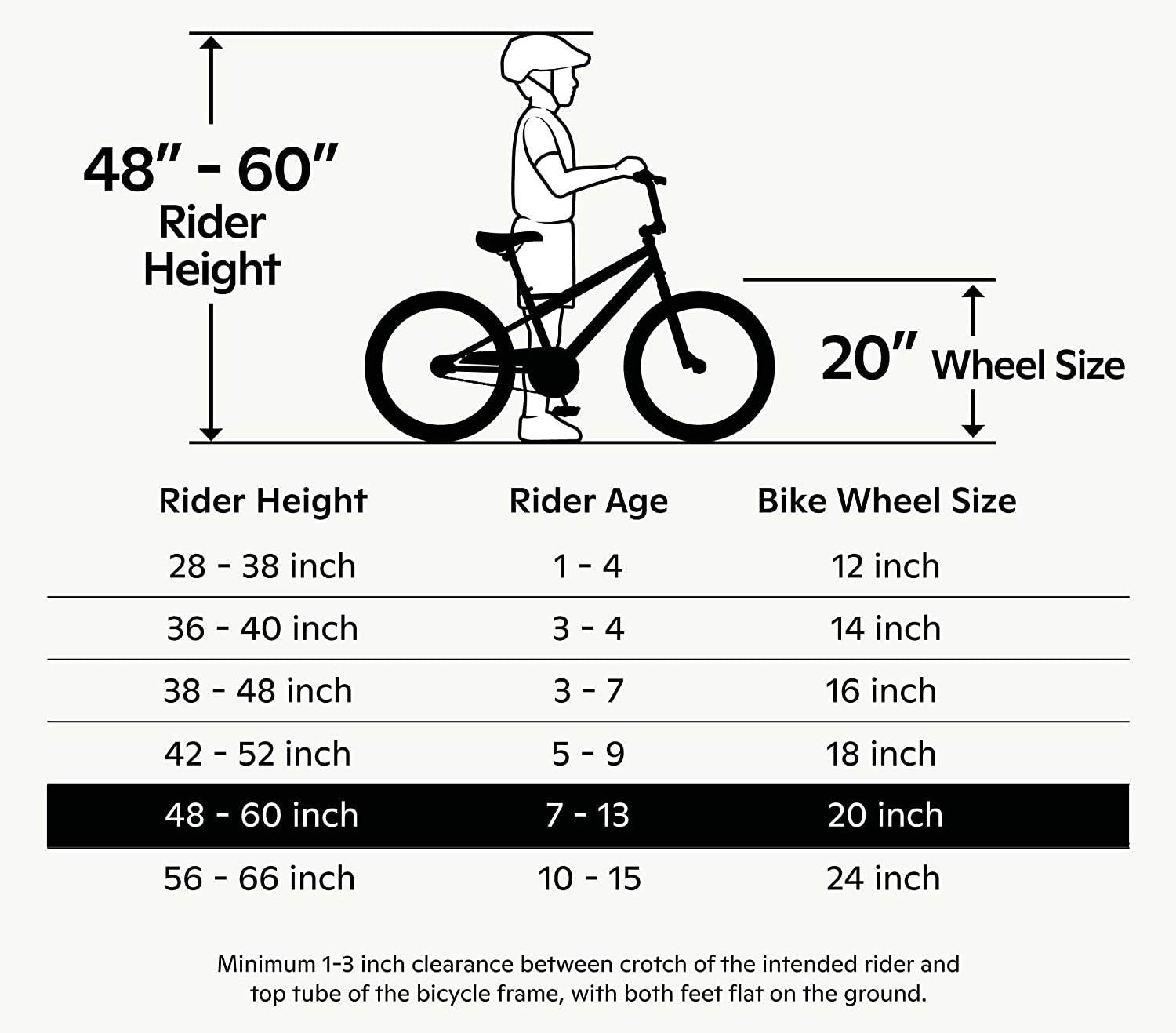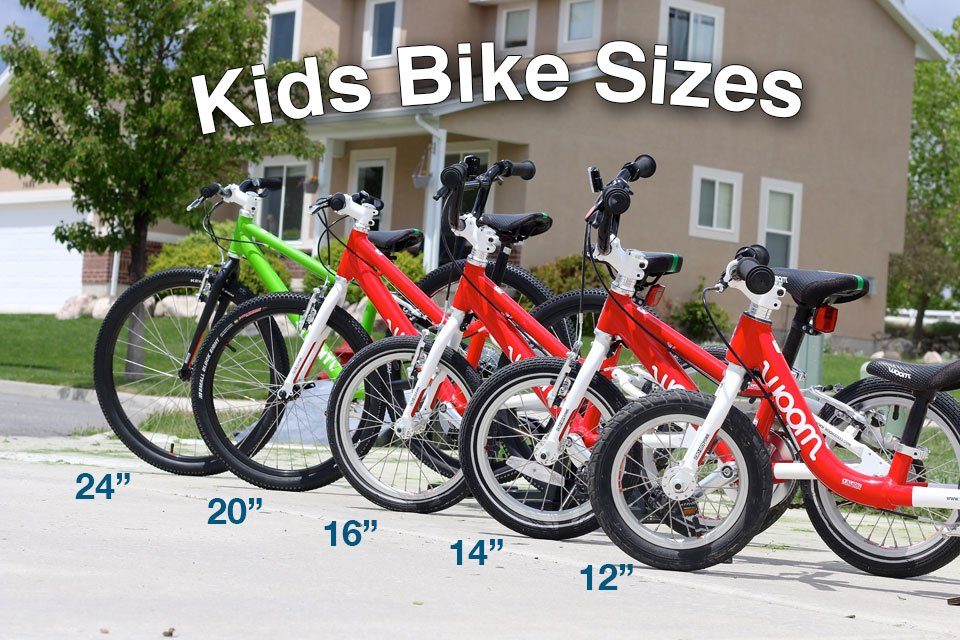Understanding the Importance of Proper Bike Fit
Choosing a bike that fits a child’s age, height, and riding style is crucial for a safe and enjoyable cycling experience. A well-fitting bike can provide comfort, safety, and confidence, allowing kids to ride with ease and develop a lifelong passion for cycling. On the other hand, a bike that is too small or too large can lead to discomfort, safety issues, and a lack of confidence on the road. As a result, it’s essential to understand the significance of selecting a bike that fits your child’s unique needs and abilities. When searching for the perfect bike, many parents ask themselves, “what age is a 20 inch bike for?” The answer lies in considering factors such as height, weight, and riding ability, which will be discussed in the following sections.
What Age is a 20 Inch Bike Suitable For?
In general, a 20-inch bike is suitable for children between the ages of 5 to 8 years old, depending on their height, weight, and riding ability. Children in this age range typically have an inseam of 22 to 25 inches and weigh between 40 to 70 pounds. However, these are general guidelines, and the ideal age range for a 20-inch bike can vary depending on the child’s individual development and riding style. For example, a more experienced or confident rider may be ready for a 20-inch bike at a younger age, while a less experienced rider may need to wait until they are a bit older. When searching for the perfect bike, it’s essential to consider these factors and ask yourself, “what age is a 20 inch bike for” my child?
How to Measure Your Child for a Bike
To ensure a proper bike fit, it’s essential to take accurate measurements of your child’s body. Here’s a step-by-step guide to help you measure your child’s inseam, arm length, and other key factors:
1. Inseam measurement: Have your child stand against a wall with their feet shoulder-width apart. Measure the distance from the floor to the top of their inner thigh. This will give you their inseam measurement, which should be compared to the bike’s seat height.
2. Arm length measurement: Measure the distance from the shoulder to the wrist, with the arm relaxed by their side. This will help determine the ideal handlebar height.
3. Leg length measurement: Measure the distance from the floor to the back of the knee. This will help determine the ideal crank length.
4. Reach measurement: Measure the distance from the shoulder to the fingertips, with the arm extended forward. This will help determine the ideal handlebar reach.
By taking these measurements, you can ensure that the bike is the right size for your child, providing a comfortable and safe riding experience. Remember, when searching for the perfect bike, it’s crucial to consider these measurements and ask yourself, “what age is a 20 inch bike for” my child?
The Role of Bike Style in Determining Age Appropriateness
When it comes to determining the recommended age range for a 20-inch bike, the style of the bike also plays a significant role. Different bike styles, such as road bikes, mountain bikes, and hybrid bikes, are designed for specific types of riding and may be more suitable for certain age ranges.
For example, road bikes are typically designed for speed and efficiency, making them more suitable for older children who have developed their riding skills and are looking for a more performance-oriented bike. Mountain bikes, on the other hand, are designed for off-road riding and may be more suitable for younger children who are just starting to learn how to ride on trails.
Hybrid bikes, which combine elements of road and mountain bikes, are often a good choice for children who are still developing their riding skills and want a bike that can handle a variety of terrain. When searching for a 20-inch bike, it’s essential to consider the bike style and ask yourself, “what age is a 20 inch bike for” my child, based on their riding style and preferences?
Ultimately, the right bike style will depend on your child’s individual needs and abilities. By considering the bike style, along with factors such as height, weight, and riding ability, you can find a 20-inch bike that is the perfect fit for your child.
Real-Life Examples: Popular 20-Inch Bikes for Kids
When searching for the perfect 20-inch bike for your child, it’s essential to consider popular models that have proven to be reliable and suitable for kids. Here are a few examples of popular 20-inch bikes that are worth considering:
The Schwinn Phocus, for instance, is a great option for kids who are just starting to learn how to ride. This bike features a lightweight aluminum frame, adjustable seat and handlebars, and a wide range of gear options. The Phocus is an excellent choice for kids between the ages of 6 and 10, depending on their height and riding ability.
Another popular option is the Trek Precaliber, which is designed for kids who are looking for a more performance-oriented bike. The Precaliber features a lightweight aluminum frame, a wide range of gear options, and a suspension fork to absorb bumps and rough terrain. This bike is suitable for kids between the ages of 7 and 11, depending on their height, weight, and riding ability.
When considering a 20-inch bike, it’s essential to ask yourself, “what age is a 20 inch bike for” my child, based on their individual needs and abilities. By researching popular models and considering factors such as height, weight, and riding ability, you can find a bike that is the perfect fit for your child.
Additional Factors to Consider When Choosing a Bike
In addition to considering the bike’s size and style, there are several other important factors to consider when selecting a bike for your child. Safety features, durability, and maintenance requirements are all crucial aspects to think about when making a decision.
Safety features, such as reflectors, brakes, and a sturdy frame, are essential to ensure your child’s safety while riding. Look for bikes with features like adjustable brakes and a wide range of gear options to help your child ride safely and confidently.
Durability is also a key factor to consider, as a bike that can withstand regular use will provide better value in the long run. Look for bikes with sturdy frames, high-quality components, and a durable finish to ensure your child’s bike will last for years to come.
Maintenance requirements are another important consideration, as regular maintenance can help extend the life of the bike and ensure it remains safe to ride. Look for bikes with easy-to-maintain components, such as quick-release wheels and adjustable brakes, to make maintenance a breeze.
When searching for a 20-inch bike, it’s essential to consider these additional factors to ensure you find a bike that meets your child’s unique needs and abilities. By asking yourself, “what age is a 20 inch bike for” my child, and considering factors like safety features, durability, and maintenance requirements, you can find a bike that provides a comfortable, safe, and enjoyable riding experience.
When to Upgrade to a Larger Bike
As your child grows and develops their riding skills, it’s essential to recognize when they’ve outgrown their 20-inch bike. Upgrading to a larger bike can be a significant milestone in their cycling journey, but it’s crucial to do so at the right time.
So, what are the signs that your child is ready to upgrade to a larger bike? One of the most obvious indicators is when their legs are almost fully extended when pedaling, or when they’re struggling to maintain control of the bike due to their growing size and strength.
Another sign is when your child’s riding style and ability have advanced beyond what a 20-inch bike can offer. If they’re consistently riding longer distances, tackling more challenging terrain, or demonstrating a high level of confidence and control on their bike, it may be time to consider upgrading to a larger bike.
When upgrading to a larger bike, it’s essential to consider factors such as the bike’s size, style, and features. A larger bike will provide more room for growth, but it’s also important to ensure that the bike is suitable for your child’s riding style and ability. For example, if your child is interested in mountain biking, a larger bike with suspension and wider tires may be a good option.
Remember, the key to finding the perfect bike for your child is to consider their unique needs and abilities. By asking yourself, “what age is a 20 inch bike for” my child, and recognizing the signs that they’re ready to upgrade, you can provide them with a bike that will continue to support their growth and development as a cyclist.
Conclusion: Finding the Perfect Bike for Your Child’s Age and Ability
In conclusion, choosing the right bike size for your child’s growth is a crucial decision that can impact their comfort, safety, and confidence on the bike. By understanding the importance of proper bike fit, determining the recommended age range for a 20-inch bike, and considering factors such as bike style, safety features, and maintenance requirements, you can find a bike that meets your child’s unique needs and abilities.
Remember, the key to finding the perfect bike is to ask yourself, “what age is a 20 inch bike for” my child, and to consider their individual growth, riding style, and abilities. By doing so, you can provide your child with a bike that will support their development as a cyclist and create a lifelong love of cycling.
Ultimately, the right bike can make all the difference in your child’s cycling experience. By following the guidelines and tips outlined in this article, you can find a bike that will provide your child with years of comfort, safety, and enjoyment on the road or trail.







